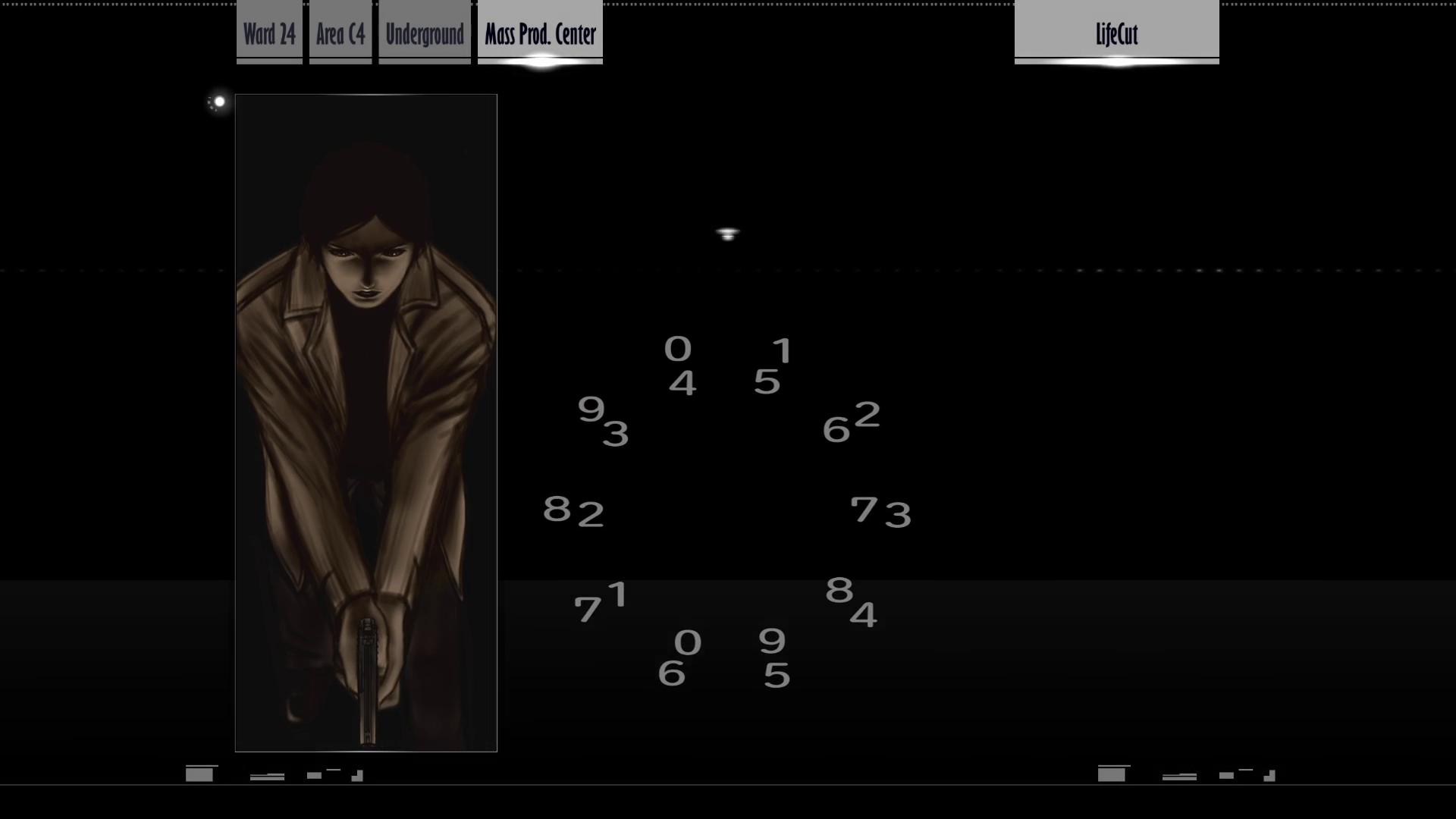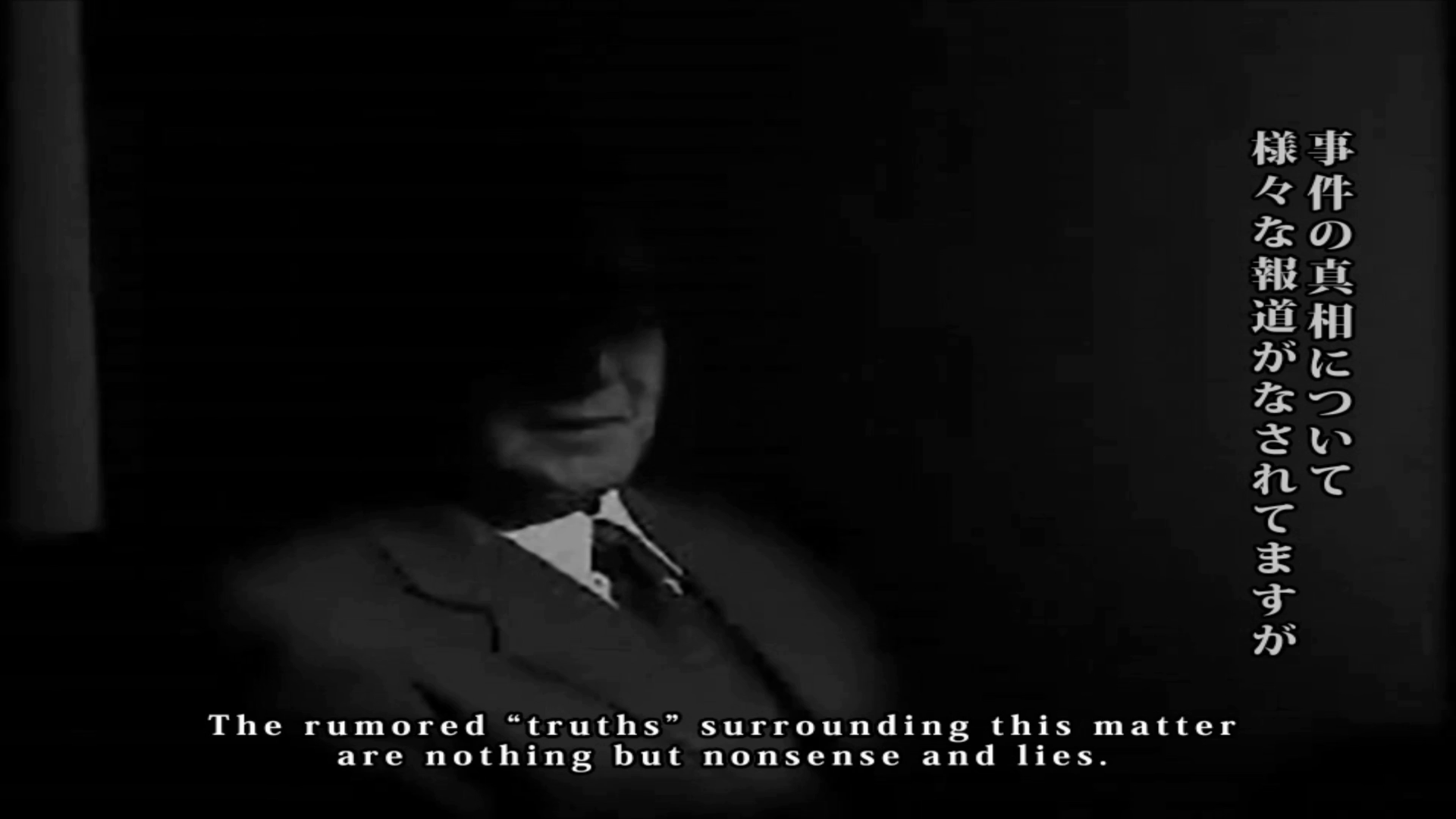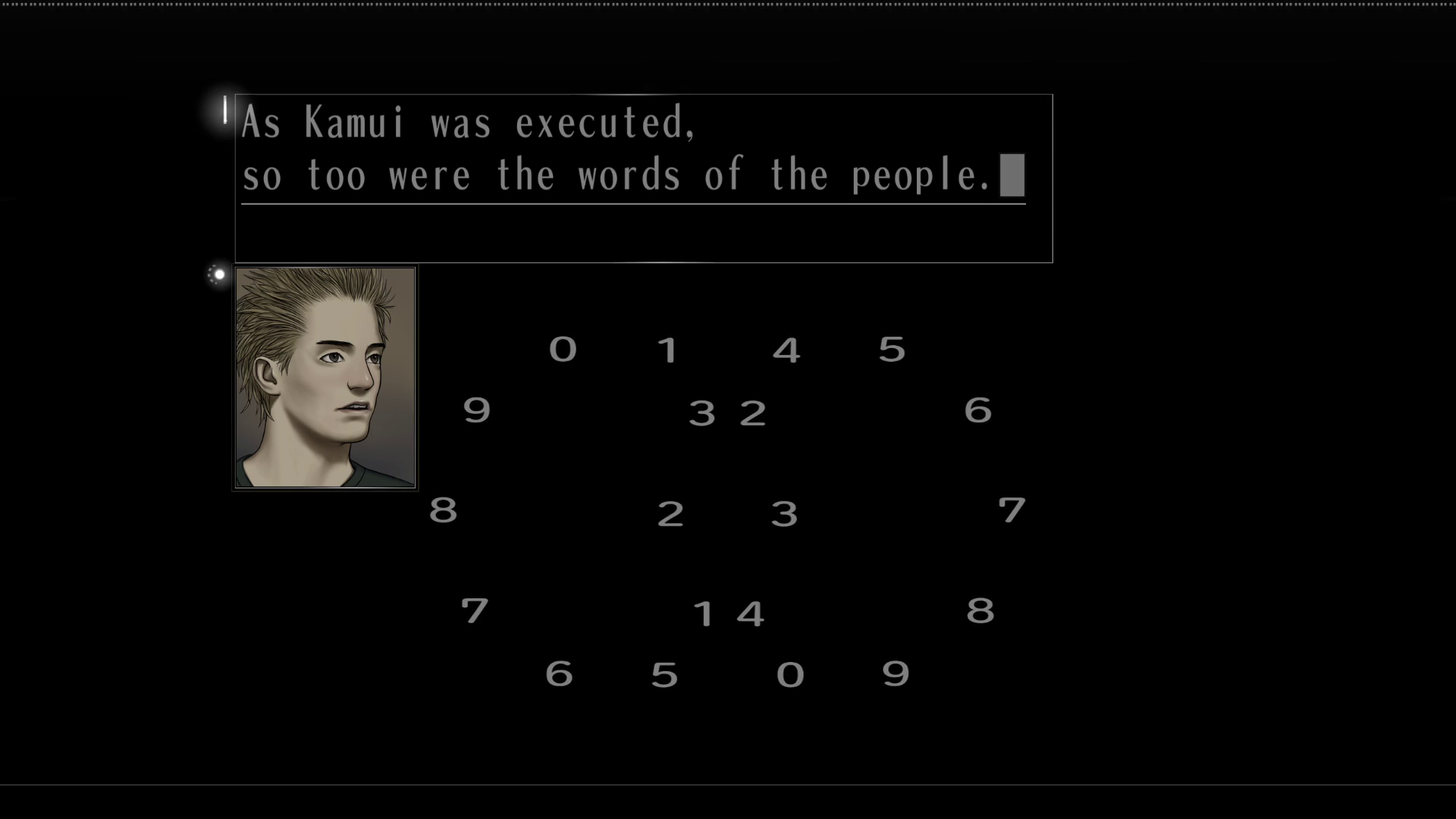
In the language of the state Kusabi uses in “Lunatics,” these characters are all “infected” by the “crime virus” that the Mikumo boys seemingly derive from Fujiwara. But the “facts,” as we’ve seen in “Killing the Past with Kusabi Tetsugoro,” are that it is a virus (in the computer sense) only from the perspective of Uminosuke and Nezu. It is instead an awakening to the social origins of crime. This is true in both a metaphorical sense and, depending on how literally we take the characters’ descriptions, a supernatural, magical one that the sequels favor.
The metaphorical sense is that this savior Kamui, no longer a particular person, is the criminal information of revolution against the oppressive power structure. The savior Kamui is also the role characters can assume to violently overturn existing circumstances by fighting and confronting the “facts” of the past, rather than denying or hiding them, to move on into the light of possibility. This is the sense in which the Kamui news report in “LifeCut” wonders if he might be “the personification of the new millennium.” Characters who are not Shelter Kids are capable of being the savior Kamui. It is dependent on the information the characters possess. Aside from the members of the public Fujiwara inspires, Sumio (though a different kind of Shelter Kid), Hiseki, Fuyuki, and Kusabi are the fourth Kamui, none of them direct victims of the Shelter Kids Policy.

The news claims that “many young people apparently consider Kamui to be some sort of savior” and that his “believers” consider themselves “revolutionaries.” While not all ordinary people are sympathetic to Kamui, the documentary also depicts a faceless old man in power, frightened of these narratives’ threat to he and his colleagues’ continued control, fulminating that such belief in Kamui should itself be a crime. So Tokio says of Fujiwara’s death, “As Kamui was executed, so too were the words of the people.” The savior Kamui is not embodied in a single individual but is “the words of the people.”

The occult or supernatural interpretation is that Kamui and Ayame are two nonphysical non-human beings, or possibly human ghosts, who possesses but do not necessarily totally control Shelter Kids’ bodies to animate a war against the tyrannical forces of public order. Similar to the lower “truth” of the serial killer giving way to the “facts” of a revolutionary terrorist, Kamui as a transformative god of chaos is a recontextualization of the lower “truth” of the first Kamui, a devil. To contextualize both the metaphorical and literal interpretations, however, it is necessary to explain the Shelter Kids Policy again.